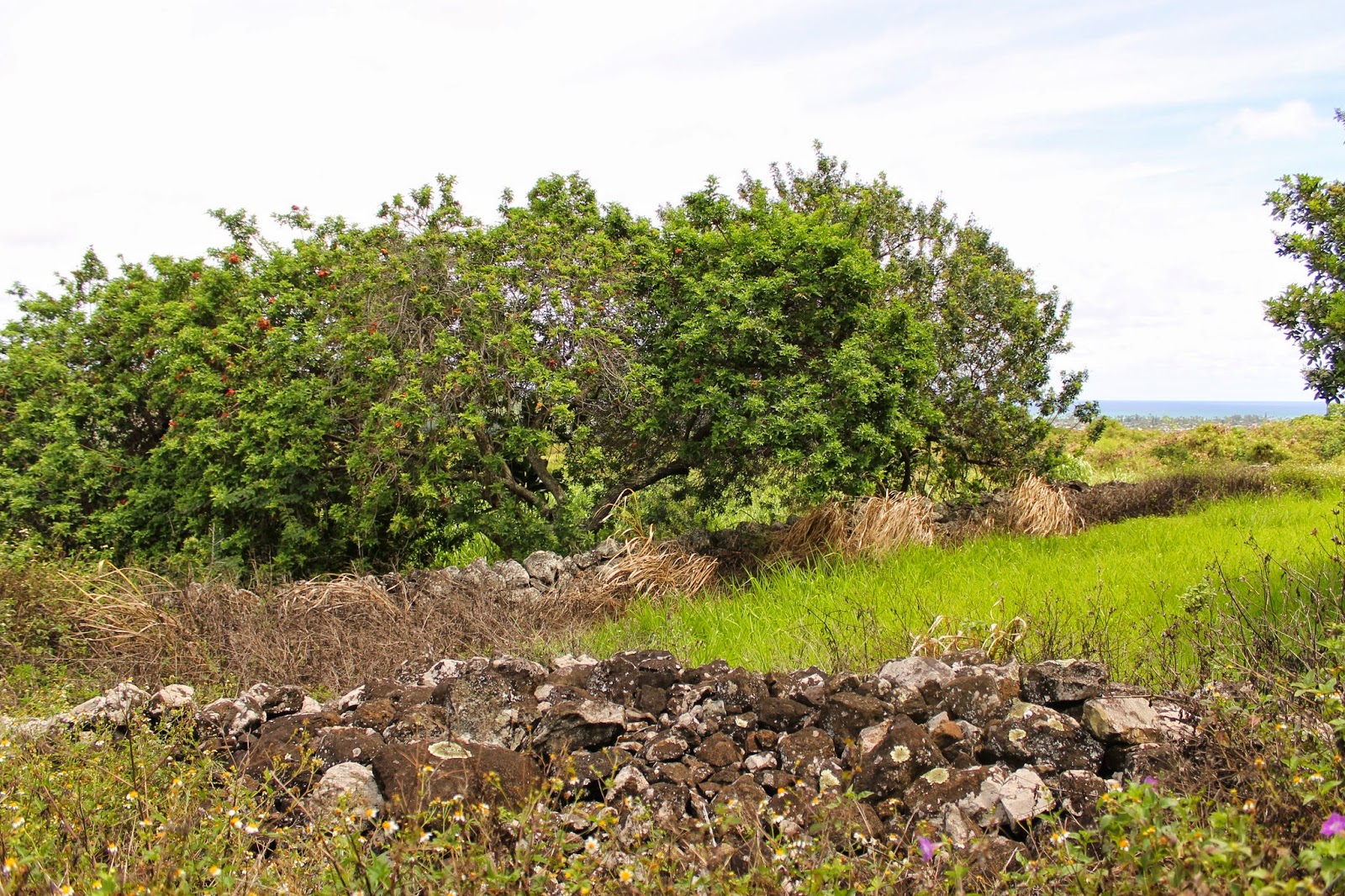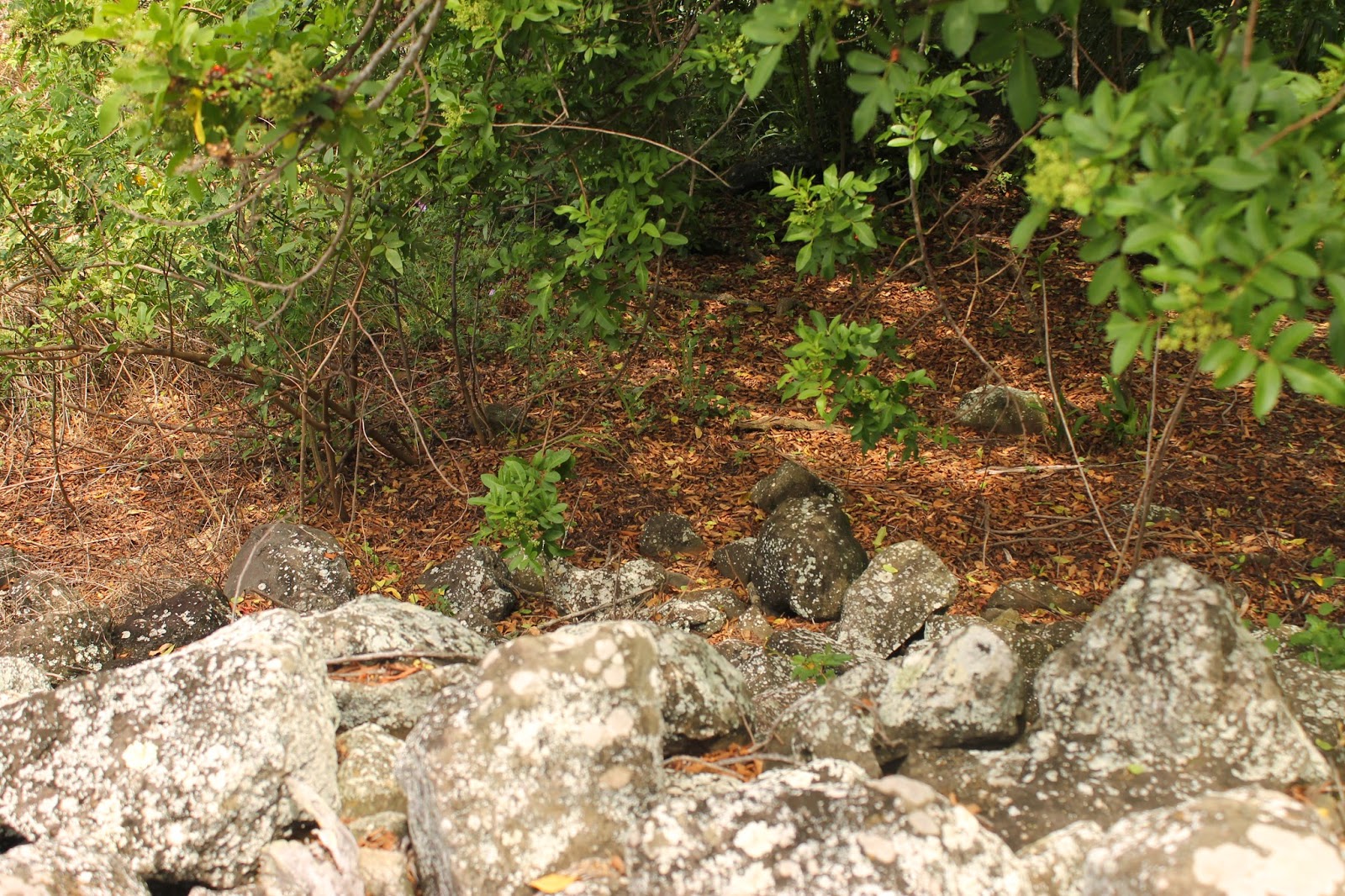"The Long Small Canoes"
This wahi pana in the ahupuaa of Ka'alaea, hearkens to the ancient times when paramount chiefs of the Pacific journeyed vast distances just by the winds, currents, stars and beckoning of gods. All of which they had great knowledge of. They are cherished in story until this day and this place may have been a symbol to their memory, now lost to development. Sadly like most of our beloved wahi pana are.
It isn't exactly stated whom the cherished individuals were to have inspired the original memorial. Mo'ikeha, the brother of Olopana is said to have returned to Hawaii and lived near here for some time before settling in Kauai. His son Kiha is said to have traveled to Kahiki possibly to return his father's bones but also to retrieve Mo'ikeha's foster son La'a to be a ruler in Hawaii.
La'a is definitely connected with this area as he lived in Kaneohe for sometime. Building a heiau and home near the exact spot where he landed. Kahai a descendant of Mo'ikeha lived in the nearby district of Hakipu'u and is famed as the furthest travelling chief to ever sail out of the known parts of the world to ancient Polynesia at the time...
Na Wa'a Li'ili'i Kiolea was once a stone structure on the shores of Ka'alaea, a beach called Mahinahina. It is said to have been a stone canoe where travelers from Kahiki landed and spread sand from their homeland on the shore. They also are said to have brought a mapu tree not found on these islands previously.
Kaipuiolea, is named as the person to have done so from the historian Kamakau.
The story of sand sharing from distant lands is also connected to a place in Kaneohe called Na one a La'a, the sands of La'a. There are other stone canoe legends connected to other places. Such as the one once found at Allen Davis beach, heralding Pele's arrival. A tidal wave in 1947 displaced that one.
Sometime during the construction of the first road around the island, eventually becoming Kamehameha Hwy. A group of road workers decided to break up Na Wa'a Li'ili'i Kiolea and use the rocks as material in the road. Some of the local workers rejected the idea but the haole workers led by a "hardened man" went ahead and did destroy the structure.
The stones were under strict kapu up until that moment in time and no one was allowed to disturb them. This kapu may have been the cause of the haole workers apparent death after their deed...
"As you come from Koolauloa as far as Waiahole, and pass Hakuikukui, you will pass Aulili Point on the lower side of the slope; your feet will then tread on the sand. That is the sand of Mahinahina. You will then find One-Huna, One-Hali and Ka-ipo-o-Lea. Look toward the windward side and you will find the small stone canoes called Na-wa'a-liilii-kiolea..."
-Kamakau



















































